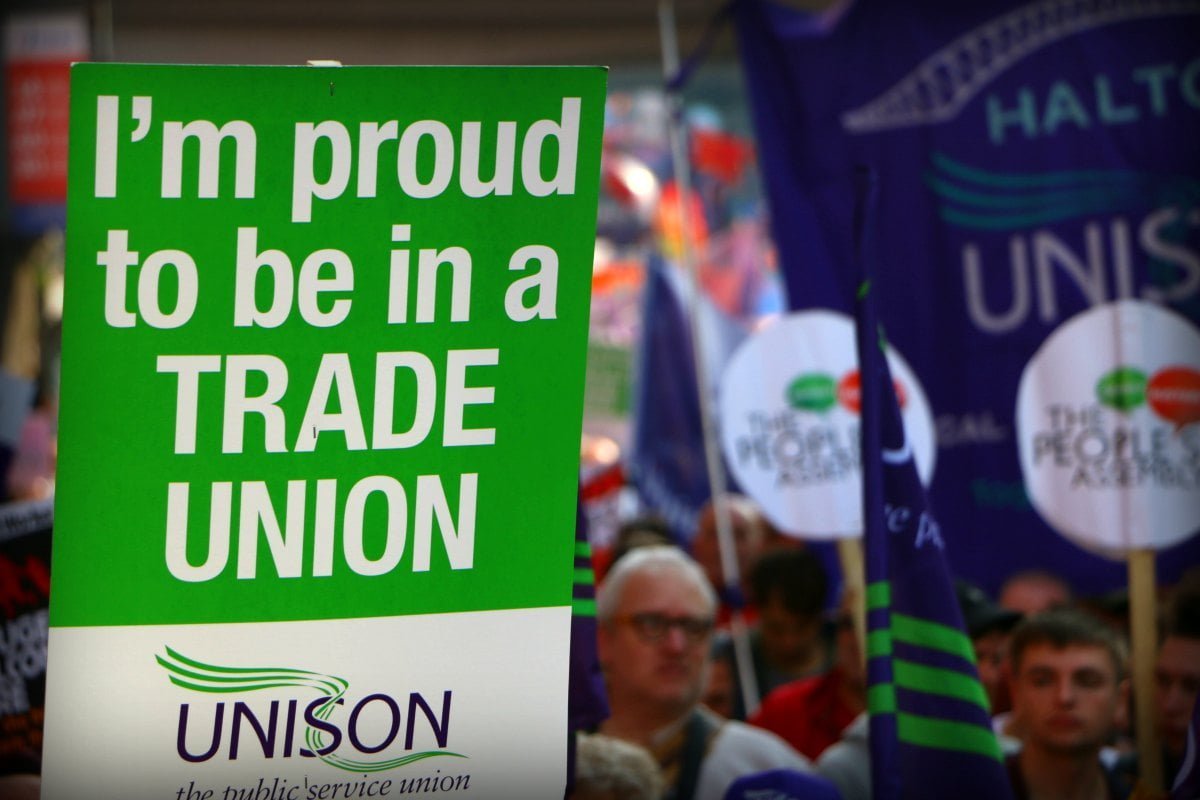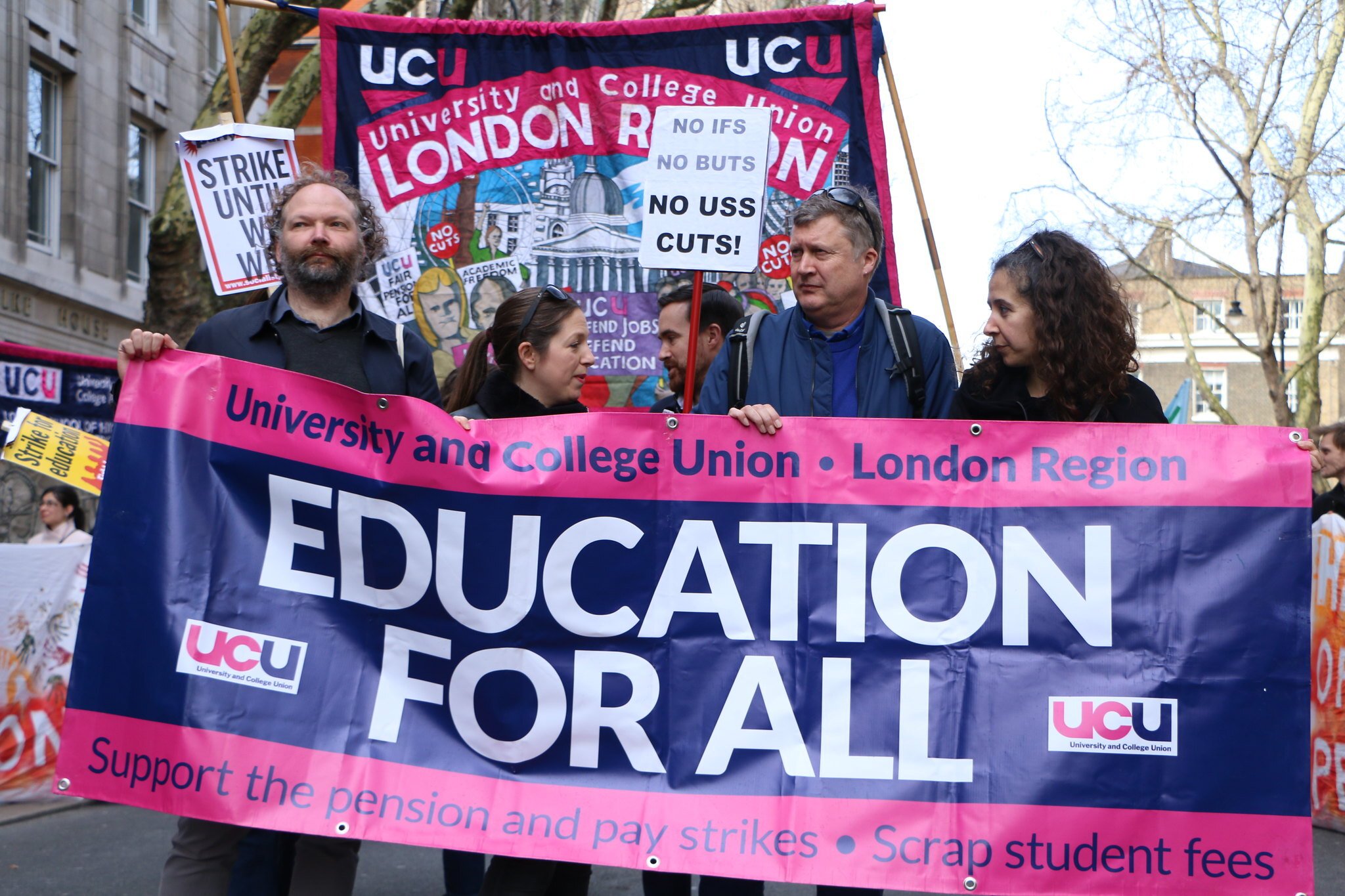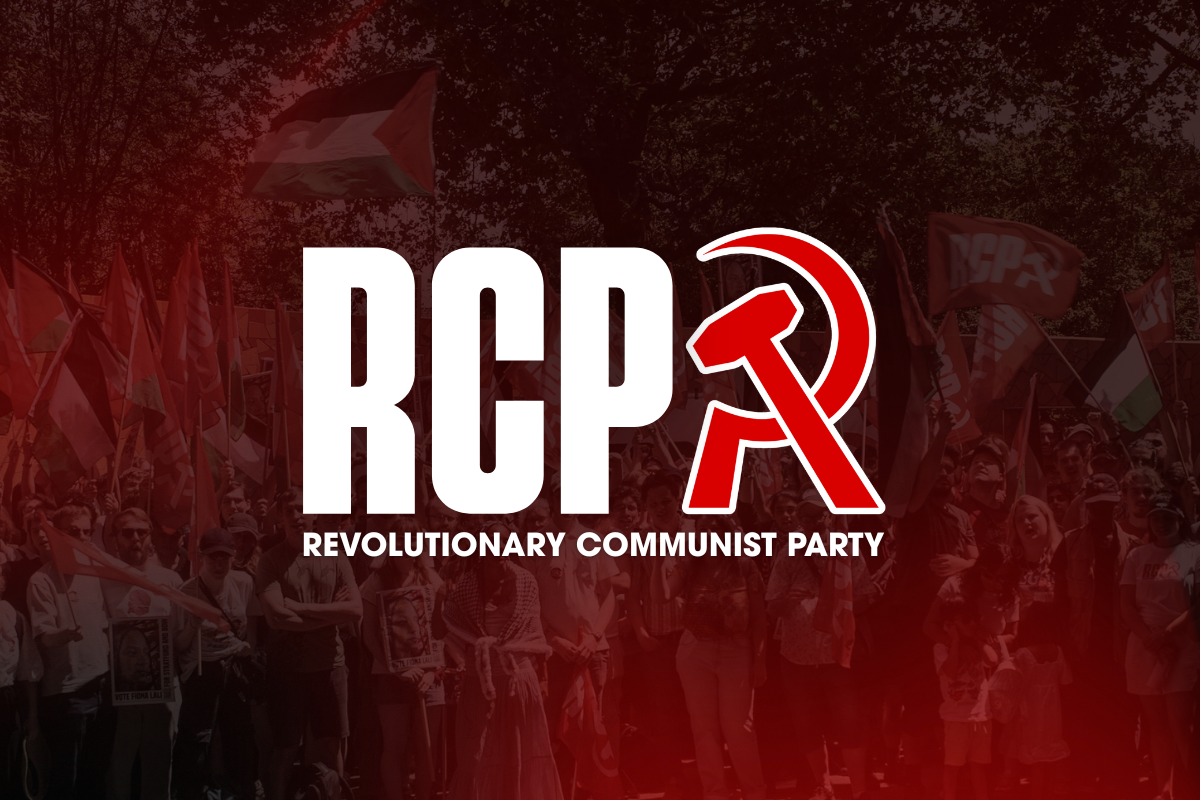The wave of discontent against Tory austerity and attacks should be providing the trade union movement with a ready source of fresh recruits. Rather than expanding, however, UK trade union membership is shrinking. Union leaders need to pursue a fighting strategy and bold policies if they are to stem the tide.
Concerns amongst workers about low pay, long working shifts and increased job insecurity have soared since the 2008 crisis. Real wages have suffered their worst decline in 200 years. More and more people are unable to make ends meet each month, with numbers going to foodbanks for help increasing each year. This wave of discontent should be providing the trade union movement with a ready source of fresh recruits.
However, rather than expanding, UK trade union membership is shrinking. In fact the fall in membership over the course of 2016 is the biggest annual decline since comparable records began in 1995.
Recent government statistics show that union membership fell by more than a quarter of a million, the largest fall in more than 20 years, bringing the total in Britain to just 6.5 million. This is down from 7 million at the start of this decade and a peak of 13 million in 1979. “This is like a country not much bigger than Scotland losing the population of Aberdeen in the space of a year,” explained Gavin Kelly, who is chief executive of the Resolution Trust.
With Britain’s de-industrialisation, unions have suffered a steep decline. Outsourcing and offshoring have also had an effect. Trade union members have now become heavily concentrated in the public sector, with more than half of public sector workers in unions.
However, government austerity cuts have clobbered the public sector, resulting in a haemorrhaging of union members, declining by over 200,000 in just one year. A key reason for this sharp drop is the fall in the number of those working in education. In 2015, 58% of public sector workers in education were in trade unions, but in 2016 this had fallen to 54%. Overall, figures show that membership has fallen by 155,000 in education since 2015 – which alone accounts for well over half of the total fall in trade union membership over the past year.
Despite high profile campaigns such as those against school cuts and low pay, or the exploitation of employees by the bosses of Sports Direct and others, the unions have made little overall progress in getting new members.
As a consequence, trade union membership now stands at just 23.5% of those in work (or 21% if you include the self-employed). Membership in the private sector is only 13% and just 10% in London. These figures, however, hide the ageing membership of trade unions. The failure to recruit the younger generation is evident. “Organised labour, by and large, is ageing labour”, explains Gavin Kelly. Unless this is addressed, according to the Resolution Trust, union membership is expected to fall to 17% of those in work by 2030 as existing members retire or die.
As you would expect, the Resolution Trust urges the union leaders to change their ways and work for “an enterprising 21st-century unionism”. They believe unions should be ‘low cost’ and ‘digitally savvy’ to win over young workers. Above all, they should provide ‘practical services’… like looking for better employers that could offer workers a better deal!
This is little different from the approach of those unions which, instead of pursuing a fighting strategy and bold policies, decided to start offering cheap holidays, credit cards, home insulation or car insurance deals to attract members. This was tied to the so-called approach of New Realism and cooperation with the bosses. This disastrous strategy has certainly also contributed to the fall in union membership.
Every compromise and retreat has served to weaken the trade union movement. Unions, such as the RMT, which pursued a more militant line, as on Southern Rail, have seen a rise in their membership. This is no accident. In this epoch of austerity, class collaboration adds to the pressure on the working class, as employers see the union organisation they are facing as being unwilling to fight and acts accordingly. As the old adage says, “weakness invites aggression.”
The attempts by the union leaders to focus on getting members to let off steam through rallies and marches and street petitions simply creates disenchantment amongst workers when, inevitably, nothing comes of it. The TUC in particular must bear a responsibility for not providing a militant lead: the failure to take any action over the call, made at an annual congress meeting, to organise a one-day general strike against government policies is just one example.
Equally, the failure to mobilise the public sector trade unions together in a unified campaign – including a coordinated public sector strike – against the government’s austerity regime and wage cuts, simply undermines the purpose of a trade union.
Endless union mergers (although sometimes of value, if it unites several unions operating in a single industry), subs increases, cost cutting of essential services and democratic structures such as union conferences, etc. is not the way forward. If unions want to save money, how about looking at the high wages of the union leaders themselves – they should all be on pay equal to that of the workers they represent, not the bosses they negotiate with. Rather than spending money on plush offices for officials, unions should be working to rebuild the shop stewards movement, the troops on the ground.
Only a militant strategy based on class struggle can revive the trade unions. It was precisely the militancy of the 1970s that saw the biggest growth of union membership. Such an approach would attract those super-exploited layers who are presently unorganised and looking for a way forward, and revive union membership in those sectors which are organised but under pressure.






